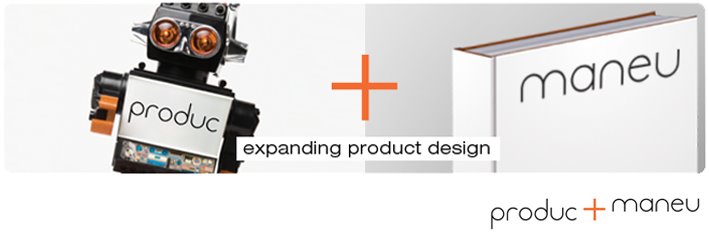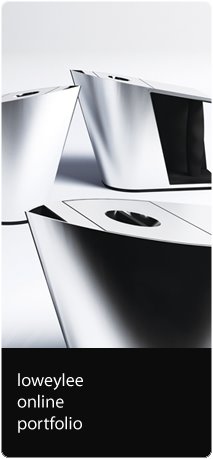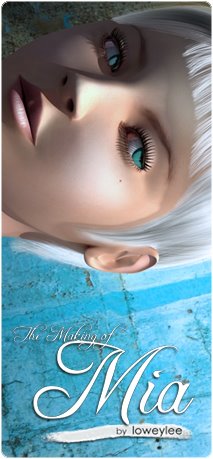 All images from Wabi Sabi Style
All images from Wabi Sabi Style
Source: Wabi Sabi Style
Written by: James and Dandra Crowley
Source: Elements of Japanese Design
Written by: Boyé Lafayette De Mente
In this modern age of the rising Neo-Japanese, a traditional style of the Japanese has yet to fade out. Though it may not shine as brightly in today’s trend it still remain as, what I consider, Japanese Asset. This ancient practice is known as Wabi-Sabi.
Wabi means simplicity and tranquility, and Sabi refers to “the rust of age”. But the Sabi concept has further meaning to its philosophy when you appreciate the phase of dying. It is because Wabi-Sabi respects the never-ending cycle of rejuvenation and decay. The beauty can be seen when the unavoidable decaying is accepted. Similar to humans whom age and old, so does everything around us.
One of the key foundations of this lifestyle was living in harmony with nature – of course, something that all of early mankind did to the best of their ability as a means of survival. In other words, living in harmony with nature was a natural response that did not require any great intellectual capacity or philosophizing. You lived in harmony with nature or you lived an uncomfortable if not painful life and generally died young. It was that simple.
The challenge and the opportunity offered by wabi and sabi is to live a positive, graceful life. It is not necessary to relate this theme to Buddhism, Zen, or any other religious belief. It is just common sense.

Wabi-Sabi and ZenWabi-Sabi can be easily mistaken for Zen. While you cannot say that Wabi-Sabi is part of Zen, but you can say that the Zen style is adopted from Wabi-Sabi.
The introduction of Buddhism from the Asian continent between the fourth and sixth centuries did not alter the basic ancient wabi-sabi lifestyle of the average Japanese. However, what these Zen monks contribute to the wabi-sabi world was the intellectualizing of its concepts. They injected old words with new meanings to describe and explain the concepts. Thereafter, for generation after generation, advocates of wabi-sabi persevered in practicing and teaching its philosophical, ethical, and practical aspects. By creating specific vocabulary for their aesthetic concepts, the Japanese have made it possible to talk about them in precise terms, to create guidelines for achieving them, and to teach them. As a result, they have made a unique contribution to mankind.
What is Simplicity?
Simplicity is to “thoughtfully and consciously limiting one’s choices”. Simplicity is about Subtlety, that is the fine details, and also about Restraint.
It isn’t difficult to throw everything functional into one product, but I sometimes find certain products excessive and over-done. I think a product needs a focus, and in order to do that we have to ask ourselves, “What does this product serve? What must it do and what isn’t necessary?” The poor product doesn’t have to carry tons on its back and pledge to do everything in this world.
Live Wabi-Sabi
To use its philosophy in designing, you have to understand its fundaments. So now you know that its about living as one with nature, that means things have to be natural or at least look natural. It is practical like the creations of Mother Nature, every part of its creation serves a purpose. And just like every matter of nature due to decay, a product has a life span as well. But can it rejuvenate and return with a new beginning just like an organism?
It is usually asymmetry and random, unless of a reason. I think that is what makes it interesting to admire. Perhaps we could mass manufacture more products that is asymmetric, with part of its interface oddly in place? heh heh..















